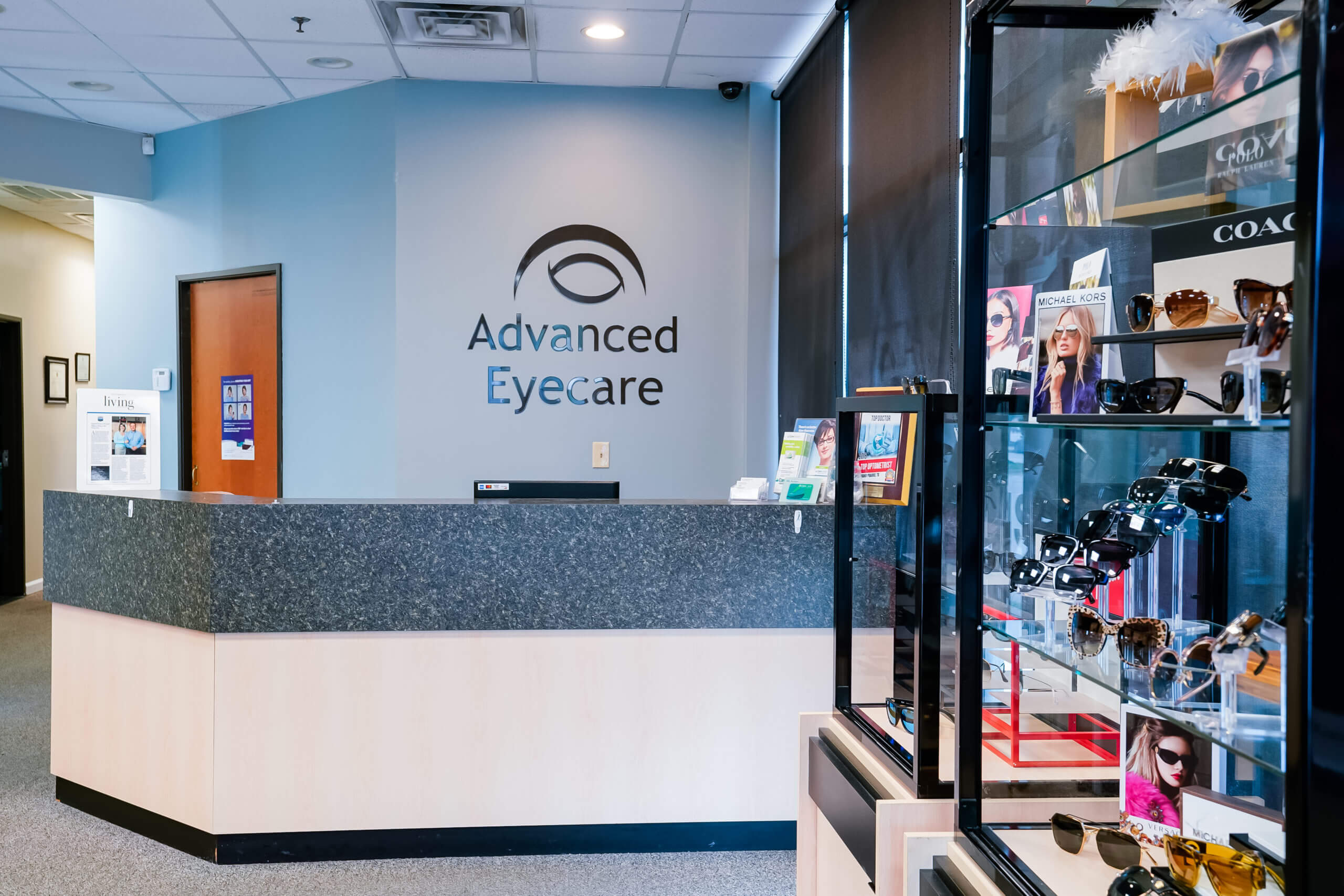The Benefits And Drawbacks of Different Refractive Surgical Treatments for Enhanced Eyecare

LASIK Surgical Treatment
LASIK surgical procedure is a commonly carried out refractive procedure that aims to remedy vision concerns such as astigmatism, nearsightedness, and farsightedness. Throughout the procedure, a slim flap is developed on the cornea, and a laser is made use of to reshape the underlying cells, fixing the refractive mistake.
Among the key advantages of LASIK surgical treatment is the fast renovation in vision experienced by numerous clients. The majority of people observe a substantial enhancement in their eyesight shortly after the treatment, with marginal downtime needed for recovery. Additionally, LASIK is recognized for its high success rate and reduced incidence of issues when performed by skilled doctors. Nevertheless, like any procedure, LASIK likewise carries some threats, including completely dry eyes, glare, halos, and under or overcorrection of vision. It is essential for individuals taking into consideration LASIK surgical treatment to go through an extensive evaluation by an eye treatment specialist to figure out if they are appropriate candidates for the treatment.
PRK Procedure
The PRK treatment, additionally known as Photorefractive Keratectomy, is a type of refractive surgical treatment that intends to correct vision issues comparable to LASIK surgery. Unlike LASIK, which includes producing a flap in the cornea, PRK works on the surface layer of the cornea.
One of the benefits of PRK over LASIK is that it removes the threat of flap-related difficulties since no flap is developed throughout the surgery. This can be helpful for people with slim corneas or those associated with get in touch with sports where eye trauma is an opportunity. The recovery time for PRK is usually longer compared to LASIK, as the external layer of the cornea needs time to regrow after the procedure. Despite the longer recuperation duration, PRK can be an ideal alternative for people looking for vision modification surgery.
SMILE Surgical Procedure
A sophisticated refractive surgical treatment technique getting appeal in the field of ophthalmology is SMILE Surgery. Little Laceration Lenticule Removal (SMILE) is a minimally invasive treatment that corrects vision by reshaping the cornea using a femtosecond laser. Unlike standard LASIK surgery, SMILE Surgical treatment involves producing a little laceration in the cornea to extract a lenticule, which leads to less disruption to the corneal structure and potentially much faster recovery times.
One of the key advantages of SMILE Surgical procedure is its ability to treat myopia (nearsightedness) and astigmatism with high accuracy, resulting in exceptional visual results for individuals. The minimally intrusive nature of the procedure likewise reduces the risk of issues such as completely dry eye syndrome, making it a desirable option for individuals looking for refractive surgical procedure.

LASEK Method
Having checked out the advantages and factors to click consider of SMILE Surgery, one more significant refractive surgical procedure strategy worth taking a look at is the LASEK Strategy. LASEK, which stands for Laser-Assisted Subepithelial Keratectomy, is a form of laser eye surgical procedure that intends to deal with refractive errors such as myopia (nearsightedness), hyperopia (farsightedness), and astigmatism.
Unlike LASIK, LASEK does not involve producing a corneal flap. Rather, throughout a LASEK treatment, the doctor makes use of a diluted alcohol service to loosen the thin outer layer of the cornea, called the epithelium. This layer is then carefully moved aside to allow the laser to reshape the underlying corneal cells. As soon as the cornea has actually been reshaped to the preferred level, the epithelial layer is repositioned.
One of the key benefits of LASEK is that it can be appropriate for people with slim corneas who may not be excellent candidates for LASIK. Additionally, LASEK generally results in marginal post-operative discomfort and a quicker recuperation time compared to PRK. Nonetheless, the aesthetic recuperation process with LASEK might be slightly longer than with LASIK.
Implantable Contact Lenses
Implantable Call Lenses use a long-term vision improvement service for people seeking a choice to conventional call lenses or glasses. These lenses, also called phakic intraocular lenses, are surgically put into the eye to deal with refractive errors such as myopia (nearsightedness), hyperopia (farsightedness), and astigmatism. neurologist Andalusia. Unlike typical contact lenses that rest on the surface of the eye, implantable get in touch with lenses work within the eye itself, supplying clear vision without the demand for day-to-day maintenance or elimination
Among the key benefits of implantable contact lenses is their permanence. As soon as inserted, they can stay in the eye indefinitely, providing stable and constant vision adjustment. Furthermore, these lenses can be an excellent option for individuals who are bad candidates for laser eye surgical treatment or that favor a relatively easy to fix vision correction procedure.
Nevertheless, implantable get in touch with lenses do bring some risks, including the possibility for cataracts or increased eye pressure. It is essential for people considering this alternative to seek original site advice from with an eye treatment specialist to determine if implantable get in touch with lenses are the ideal option for their certain demands and eye wellness.
Conclusion
In final thought, each type of refractive surgical procedure has its very own advantages and negative aspects. LASIK surgical procedure is prominent for its fast healing time, while PRK procedure may be ideal for individuals with thin corneas.

Overall, SMILE Surgical procedure provides an encouraging option for people looking to enhance their vision via refractive surgical treatment.